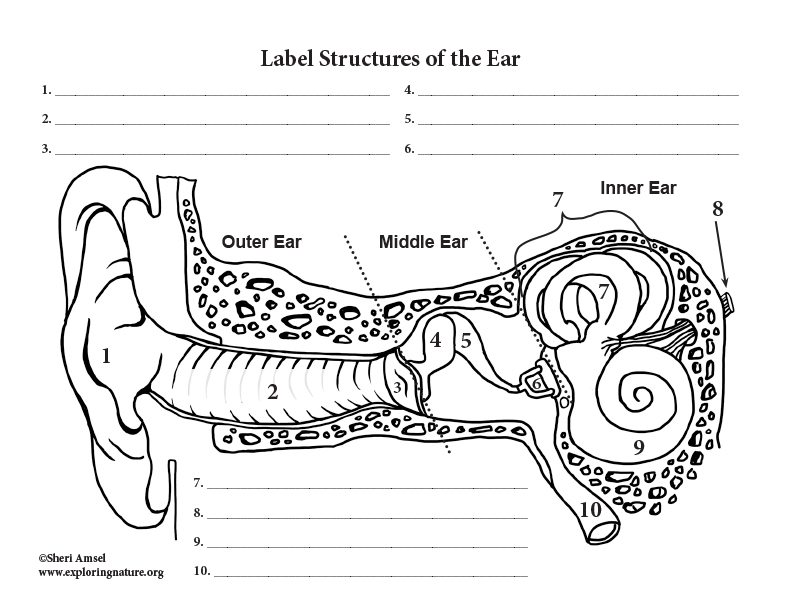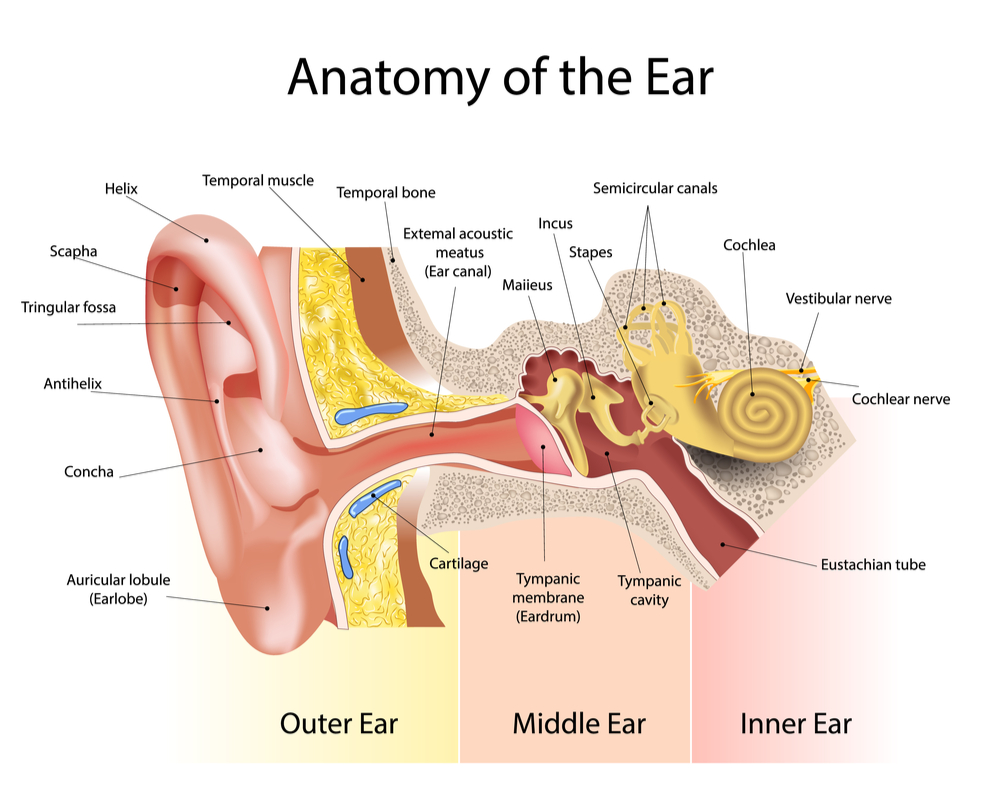

Here we review our current understanding of ear canal development how this biological lumen is made what determines its location and how its structure is maintained throughout life. Recent studies have built on decades-old knowledge of ear canal development and suggest a novel multi-stage, complex and integrated system of development, helping to explain the mechanisms underlying congenital canal atresia and stenosis. Defects in development, or later blockages in the canal, lead to congenital or acquired conductive hearing loss. Unique anatomical adaptations, such as its migrating epithelium and cerumen glands, equip the ear canal for its function as both a conduit and a cul-de-sac. Within our complex hearing pathway, the ear canal is responsible for funneling sound waves toward the tympanic membrane (ear drum) and into the middle ear, and as such is a physical link between the tympanic membrane and the outside world. This review focuses on the often-neglected outer ear, specifically the external auditory meatus (EAM), or ear canal.

The mammalian ear is made up of three parts (the outer, middle, and inner ear), which work together to transmit sound waves into neuronal signals perceived by our auditory cortex as sound. 2Department of Paediatric Otolaryngology, Cochlear Implants, Great Ormond Street Hospital for Children NHS Trust, London, United Kingdom.1Centre for Craniofacial and Regenerative Biology, King’s College London, Guy’s Hospital, London, United Kingdom.

Mona Mozaffari 1*, Robert Nash 2 and Abigail S.


 0 kommentar(er)
0 kommentar(er)
